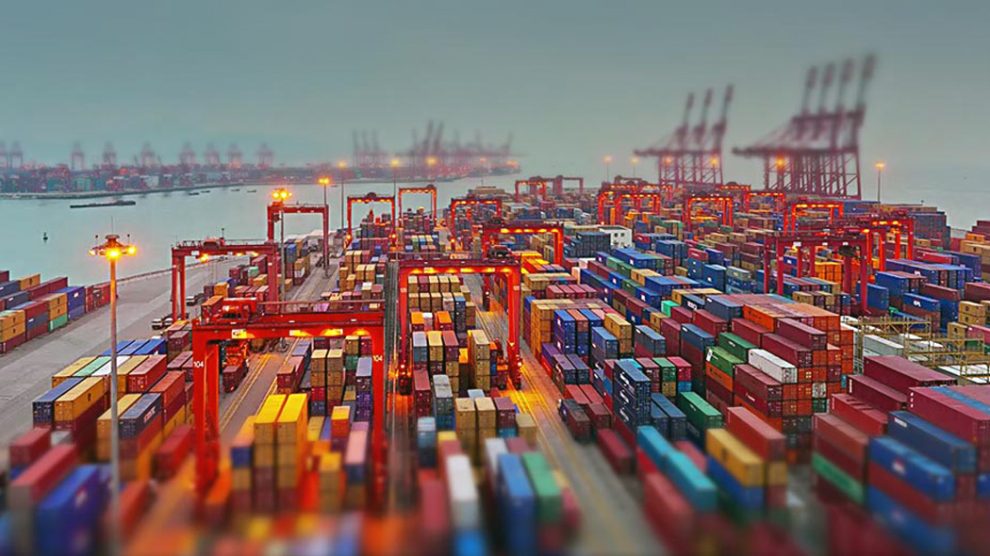The Belpaese’s exports shine. “One minute. A short time […] at the end of which more than €1 million worth of Italian goods will have crossed national borders.” According to Il Sole 24 Ore, Italian export is alive and well; in fact, it’s breaking records. In 2022, for the first time in history, it exceeded the €600 billion mark (coming in at €625 billion), over 100 more than in 2021.
- The export-generated revenue was key in bolstering the country’s resilience in a harsh year that saw the Russian invasion in Ukraine, supply chain crises, high energy bills, raging inflation and climbing interest rates.
On a roll. December 2022 marked a 14-month streak of double-digit growth, adding another €52 billion to the companies’ previous revenues. The last negative value, with declining trend data, dates back to February 2021. A large part of this rise is linked to price lists, which have soared roughly 20% over the past year while the number of goods remained roughly the same, writes Il Sole.
- “We are confident in the potential of [productive Italy] to face the stormy seas of deglobalisation and global challenges. The data on exports and production demonstrates the great resilience capacity of the production system, [making it] more ready than others to react to changed conditions,” tweeted Business Minister Adolfo Urso.
Zooming out. The comparison with Italy’s main partners/competitors – where energy prices and inflation were usually lower – holds up positively. Whereas Made in Italy products stood at 20%, those Made in France experienced an 18.6% growth, and Made in Germany was limited to a 13.7% rise.
- Italian products gained ground both in European markets (+20%) and non-EU markets (also +20%). The share of EU sales is just over 52% (56% for France and 55% for Germany).
- Outgoing business has only declined in a few countries, most notably Russia (obviously, exports are diving) and China, where growth is limited to a few percentage points due to the zero-Covid stop-and-go trends.
Sector by sector. Pharma stood out as the winner by increasing by over 40%, generating over €20 billion in 2022. An extra 10 billion also came from food and beverages, metals, machinery, textiles-clothing and chemicals – the positive momentum seems to encompass the vast majority of companies exposed to foreign markets.
Final stock-taking. However, a rise in imports (chiefly energy) weighed down on the scale by reaching the historical peak of €655 billion, 175 more than in 2021. The 2022 trade balance ended up being negative by 31 billion, a large hike compared to 2021’s surplus of 40 billion.
- Still, the outlook is rosier: energy costs made the trade deficit progressively heavier until August (over 9 billion), but gas prices have been falling dramatically ever since. In November and December, things actually took a turn for the better with a small surplus (2.4 billion), not enough to change the end result but helpful to contain the damage.





